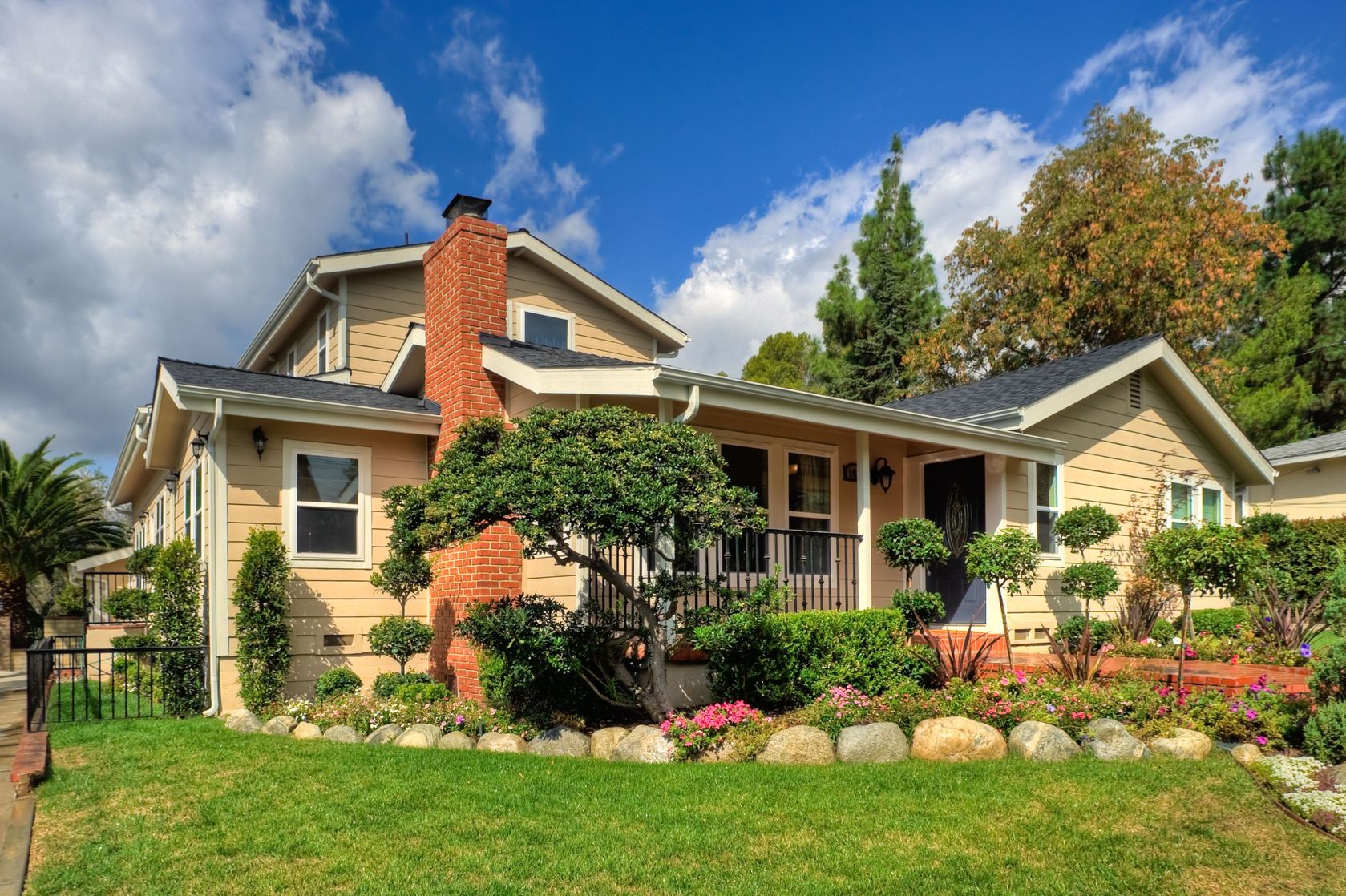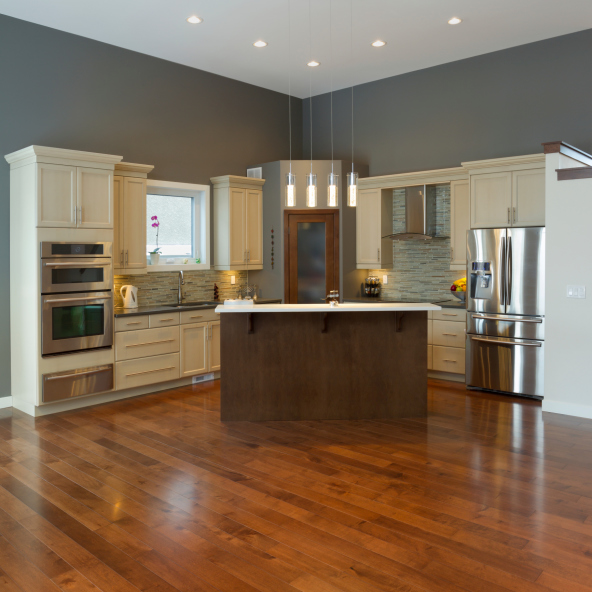Should You Improve Your Home Before Selling Or Not?
 Selling your home is one of the most stressful things you’ll ever go through and one of the most important decisions you’ll ever make. However, there’s a lot more to selling your home than just sticking a sign out in the front yard. Most likely, your home will need a little work before it is perfect.
Selling your home is one of the most stressful things you’ll ever go through and one of the most important decisions you’ll ever make. However, there’s a lot more to selling your home than just sticking a sign out in the front yard. Most likely, your home will need a little work before it is perfect.
Therefore, you’ll have to decide whether you need to take care of home improvement issues yourself or, to sell with the expectation that the buyer will be the one to do so.
We put together a few pros and cons to doing it each way to make your decision a little easier.
Do The Improvements Yourself
Choosing to complete needed improvements yourself means that you will likely get a higher sales price for your home. In addition, with less work to do, it opens up your home to more buyers than one that is a fixer-upper does. Selling will usually be faster and closing more likely to go smoothly.
On the other hand, chances are good that you will not get the full value you put into those improvements at the closing table. In addition, when you are moving, money may be tight making this an even more difficult proposition.
Sell It As A Fixer Upper
The main benefit of selling your home as a fixer-upper is that you will not have to put additional money in up front to pay for updates or repairs. If you are in a difficult financial situation or selling your home at a loss, this may be necessary.
Additionally, you would avoid coordinating work with contractors and obtaining bids on all of the work. This can be an especially strong consideration if you are selling a home at a distance from where you live or for a relative who no can no longer stay in the home.
One of the downfalls to selling your home as a fixer-upper is that you’ll likely get a lower price and some buyers won’t even come out and view your home if they think there is too much work that needs to be done.
One consideration may be to look at the most inexpensive updates that you can afford to do that will present your home in the best way possible. Oftentimes painting is one of the most economical ways to improve the look of your home and freshen it up for new buyers.
Discuss your concerns and speak honestly about your financial picture with your trusted mortgage professional and perhaps you will have a better idea of which of these options is the smart choice for your situation.
 Last week’s economic releases included readings on new home sales, pending home sales and Case-Shiller Home Price Indices. Construction spending and consumer sentiment reports were also released, along with weekly readings on average mortgage rates and new jobless claims.
Last week’s economic releases included readings on new home sales, pending home sales and Case-Shiller Home Price Indices. Construction spending and consumer sentiment reports were also released, along with weekly readings on average mortgage rates and new jobless claims. Have you ever walked into your kitchen and instantly felt hungry?
Have you ever walked into your kitchen and instantly felt hungry?